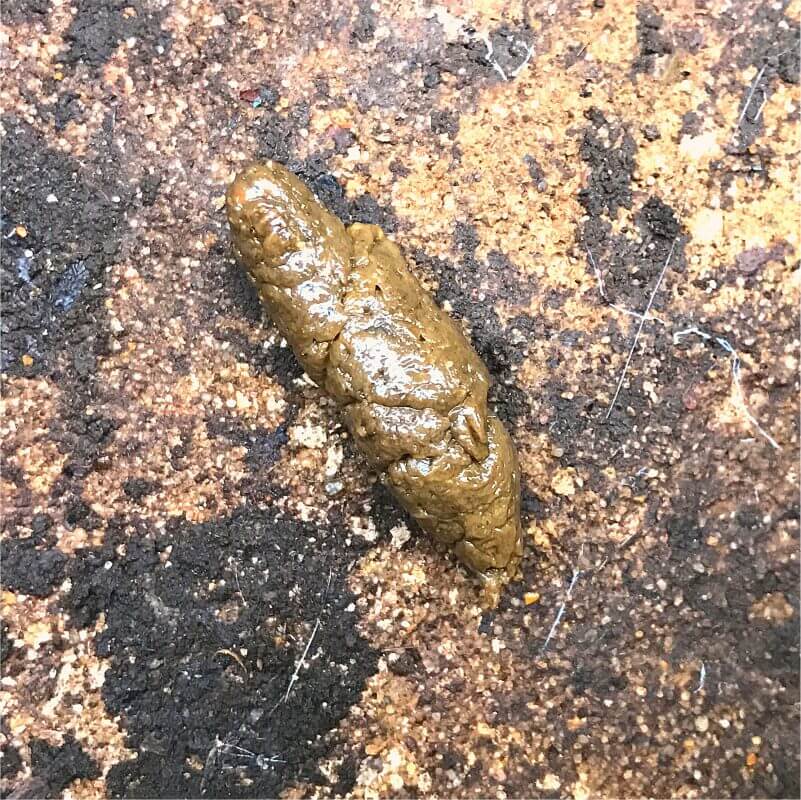What Do Rodent Droppings Look Like?
What Do Rodent Droppings Look Like?
Rat Droppings Vs Mouse Droppings
Rodent droppings quickly reveal the presence of sewer rats and mice in your house. Mouse droppings look like black grains of rice. Brown Rat droppings are 1/2 – 1 inch and appear light brown when fresh but quickly darken as they dry.
Rat Droppings
A Brown Rat ( Rattus norvegicus ) infestation will deposit at least 20-40 rat droppings each day and a large amount of strong-smelling urine. Over just a few weeks, the smell from the rat urine and faeces will be noticeable to anyone entering the house who is unaccustomed to the smell.

Rat Droppings tend to appear in tight clusters because rats are creatures of habit and routinely establish a latrine of sorts within their environment.
Where To Look For Rat Droppings
- Inside inspection chambers
- Under kitchen & utility room units, behind plinths
- Behind white goods: fridges, washing machines, dryers and freezers
- Attics, lofts & crawl spaces, especially under insulation
- Boiler rooms, airing cupboards and utility cupboards
- Inside storage cupboards, especially low-level storage with pipes through them
Mouse Droppings
House mice produce 50 – 75 black, tapered droppings a night and these small tapered Mouse faeces in attics often get confused with those from bats. Wearing a pair of protective gloves, you can quickly test the droppings. Droppings produced by bats should crumble to dust, while putty-like droppings indicate rats, mice, or other rodents have been present.

Shrews, field mice, wood mice and voles will sometimes find their way into a property. Be prepared for surprises, especially if you have cats bringing captured animals indoors!
What makes mouse droppings such a problem is the urine that goes with it. Mice are incontinent of urine, meaning they spread disease-causing bacteria throughout their range. Food hygiene needs to be of paramount importance during control to limit any cross-infection.
Where To Look For Mouse Droppings
- Under & behind furniture
- Inside sofa beds
- Under free-standing furniture like sideboards and TV cabinets
- Under microwaves & inside toasters or crumb trays
- Inside storage cupboards, especially low-level storage with pipes through them
Droppings: Cleaning & Disinfection
It’s vital to ensure areas with active infestations have droppings removed as often as possible. Rodent dropping removal enables you to track and determine the presence of rodents or the scale of any infestation. Deep cleaning also keeps you safer and delivers a valuable psychological boost, protecting you from diseases carried and transmitted by rats and mice.
10 Deep Cleaning Tips For Rat & Mouse Infestations
- Wash and disinfect hands before and after wearing gloves.
- Always use fresh gloves, ensuring the wearer has no allergies to latex. Nitrile is the best glove material we’ve used. Powder-free gloves also aid with convenience and comfort. If gloves break, have spare gloves conveniently available.
- Have everything ready in advance, so you don’t need to leave the cleaning area with contaminated gloves, hands, clothing or trash.
- A vacuum is excellent, as is a steam cleaning device but wear gloves and face or respiratory protection to avoid the inadvertent inhalation of faecal particles. Eyes are also at risk from foreign object contamination, so a pair of protective glasses or a face shield is advised.
- Most strong disinfectants will work adequately in most cases but always read the label for the best results.
- Once you have removed waste and all traces of droppings and urine, don’t forget to empty the vacuum outside to prevent dust particles from lifting inside the building.
- Use disinfectant wipes to clean down surfaces and anything used in the cleaning process.
- Check for new droppings and activity daily for at least four weeks.
- Don’t neglect food hygiene or hand hygiene until you are sure the rodent activity has stopped.
- Never underestimate the value of using a professional pest controller for treatment or advice.
12 Steps To Effective Rat & Mouse Removal
- Consider a professional pest control inspection.
- Protect food preparation surfaces and exposed foods.
- Prevent access to pet foods.
- Deep clean food preparation areas.
- Identify areas of highest activity or droppings.
- Identify the species – mouse or rat?
- Implement control – traps, bait, etc.
- Identify the entry point – internal or external & proof
- Where entry points can’t be found, get drains checked.
- Check insurance documents for rodent or remediation cover.
- Speak to neighbours, prior owners or refer to plans, etc.
- Don’t consider yourself rodent-free for at least 28 days after the last known activity.